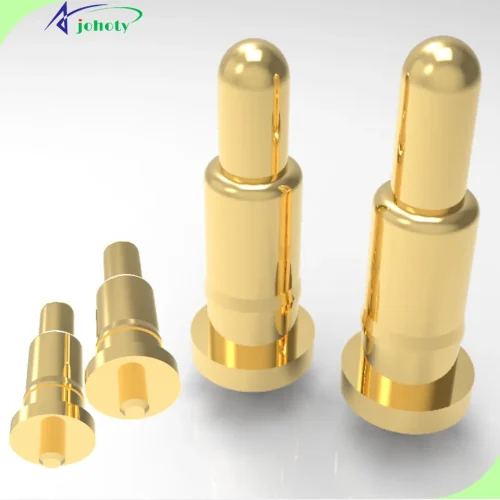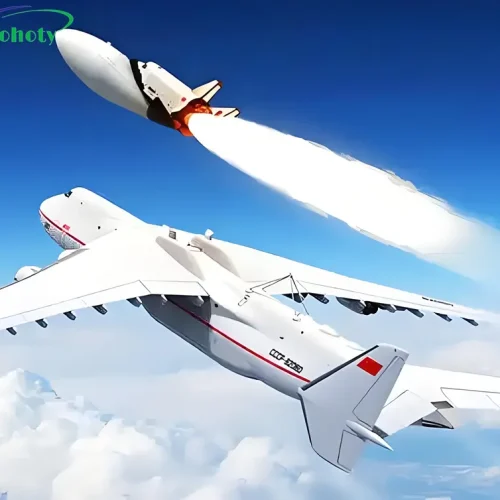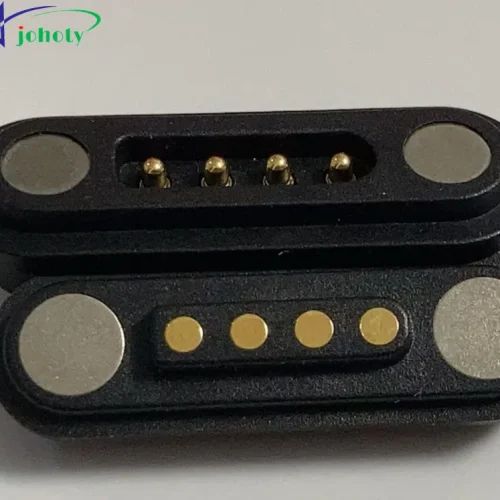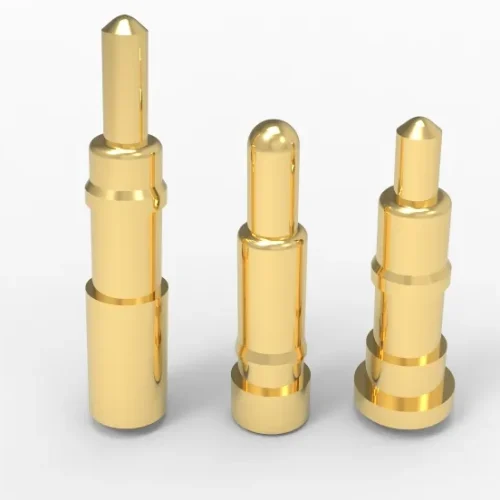Push-in wire connectors are a great way to handle wires and cables when installing equipment in your home.
Further, they allow you to connect different wires without soldering or crimping, making them much easier to install than other connectors.
But what happens if you have to remove the wire from a push-in connector? This article will explain how that works so that you can be ready for any situation where it might come up!
What Does A Push-In Connector Do?
A push-in connector serves as a tool for connecting wires to a circuit board. Push-in connectors typically consist of plastic, metal, or ceramic materials.
Moreover, they come in various sizes and shapes, which depends on the application for which they’re intended.
In addition, many industries, including automotive and aerospace, utilize push-ins due to their ease of assembly and ability to fit into small spaces that other types of connectors cannot easily fit into.
Benefits
Using push-in connectors offers several benefits:
- Push-in connectors are easy to use and beginner-friendly. They allow quick and simple insertion of wires without any twisting or bending required, saving time during installation.
- They allow for quick and easy wire connections without stripping or twisting wires. Ideal for installations with multiple wires.
- These connectors create secure and stable connections, reducing the risk of electrical faults or irregularities.
- These connectors can handle a range of wire sizes and types, making them versatile for different electrical applications.
- You can reuse these connectors multiple times. By releasing the clamp and pulling the wire out, finding problems and making changes is easier.
- Push-in connectors offer versatility and suitability for various electrical devices, outlets, and switches in residential, commercial, and industrial applications. They enable flexibility and compatibility for any level of electrical work.
Possible Push-in Connector Wire Removal Situations
You may need to remove wires from push-in connectors in various situations.
1- Replacing Damaged Wires
Removing and installing a new wire in a push-in connector is important if it becomes damaged. This makes sure your electrical connections are good and keeps things safe.
2- Maintenance and Repairs
When fixing electrical equipment, you must sometimes remove wires from push-in connectors. This helps you get to the parts like switches or sensors that need fixing or replacing.
3- Inspection and Testing
Sometimes, when conducting checks or inspections, it is necessary to disconnect wireless wires from push-in connectors to ensure a proper and secure connection for reliable performance.
4- Troubleshooting
Sometimes, you must take the wires out of push-in connectors to determine what’s wrong with the electrical stuff. This lets you look at or test certain parts to find the problem.
5- Upgrades and Modifications
If you’re improving an electrical system, you might also have to remove wires from push-in connectors. This creates space for new parts or setups, especially when working on home automation projects.
6- Replacing Connectors
Over time, push-in connectors can wear out. When you switch them out for new ones, you’ll need to take the wires from the old connectors and put them in the new ones.
7- Emergency Situations
In rare cases, like short circuits or other emergencies, you might need to quickly disconnect wires from push-in connectors. This helps stop more damage or danger from happening.
Installation of Push-in Wire Connectors
Here are the steps to installing wire connectors:
- Make sure the power is off before starting to avoid getting shocked.
- Now, gently remove the insulator from the wire connectors to create a good connection.
- Don’t twist or bend the wires; press them together. You can connect multiple wires at once if needed.
- Pay attention to the different colors on push-in connectors. Each color tells you how many wires they can hold.
- Insert two wires simultaneously for a double-twist or three wires for a triple-twist.
- Once all the wires are in place, add another piece to secure them. Remember, this may not work well with certain types of cables.
- It’s always best to seek professional help when working with wire connectors, especially if you need to become more experienced. However, handling electricity can be dangerous, and incorrect installation could lead to accidents.
3 Ways to Remove the Wire from push-in connector
There are many ways to remove the wire from push-in connectors. You can use crimp pliers, wire cutters, and wire strippers. The following steps will show you how to do it:
I- Use Crimp Pliers
Use crimp pliers to remove the wires from a push-in connector. First, remove any insulation on the ends of your wires by snipping or stripping away with scissors or wire strippers.
Then place one end into each side of your tool’s jaws, squeeze them together until it’s tight enough for a good connection but not so tight that you break off any more strands than necessary–and voila! Your first crimp is complete!
II- Use Wire Cutters
Wire cutters work well for cutting wires before you insert them into push-in connectors and snipping off excess insulation after inserting them into push-in connectors.
The best type of wire cutters is those with insulated handles that prevent electric shock when working with live wires inside a wall outlet box or other confined space where there may be exposed live.
III- Wire Stripper
Removing a wire from a push-in connector is best with a pair of wire strippers. These tools have sharp blades that cut through the insulation on the wires, allowing you to pull them out of the connectors easily.
The Bottom Line
Removing wires from push-in connectors can be tricky, but it is not impossible. Anyone can do it effectively and safely with the right tools and techniques.
We have discussed some of the most common methods that you can use to remove wires from push-in connectors, including crimp pliers, wire strippers, and wire cutters.
Ensure that all electrical connections are turned off before working on them, and use caution when removing wires to avoid damaging the connector or wiring.
If you need more information or solutions for your specific needs, don’t hesitate to talk with us.
FAQs
How Can You Remove The Pin Connector From The Harness?
To remove a pin connector from the harness, gently press down on the small tab or latch that’s usually on the side of the connector.
While pressing down, carefully pull the connector away from the harness. Be careful not to damage the wires or connectors when you remove the cable.
What Are Common Push-In Connector Wire Removal Mistakes?
Common mistakes when removing wires from push-in connectors include pulling too hard, damaging the wires or connectors, and not releasing any locking tabs or buttons that might be holding the wire in place.
Another mistake people make is not using the right tool for removing the push-in connector wire. To prevent this error, You can use needle-nose pliers for safe and effective removal.
In addition, you can make the removal process easier by using a lubricant or WD-40 in small quantities, ensuring a smoother and gentler wire removal.
What Is The Push-In Connector Maximum Voltage?
The standard maximum voltage for push-in connectors is 600 V. However, the maximum voltage for push-in connectors can vary depending on the product.
Ensure you follow the manufacturer’s guidelines and specifications for your specific connector to ensure safe and reliable operation.
How Reliable Are Push-In Wire Connections?
Push-in wire connections can be reliable if used correctly for their intended purpose. They are convenient for quick and easy connections.
However, factors like wire quality, proper installation, and environmental conditions can affect their reliability.











